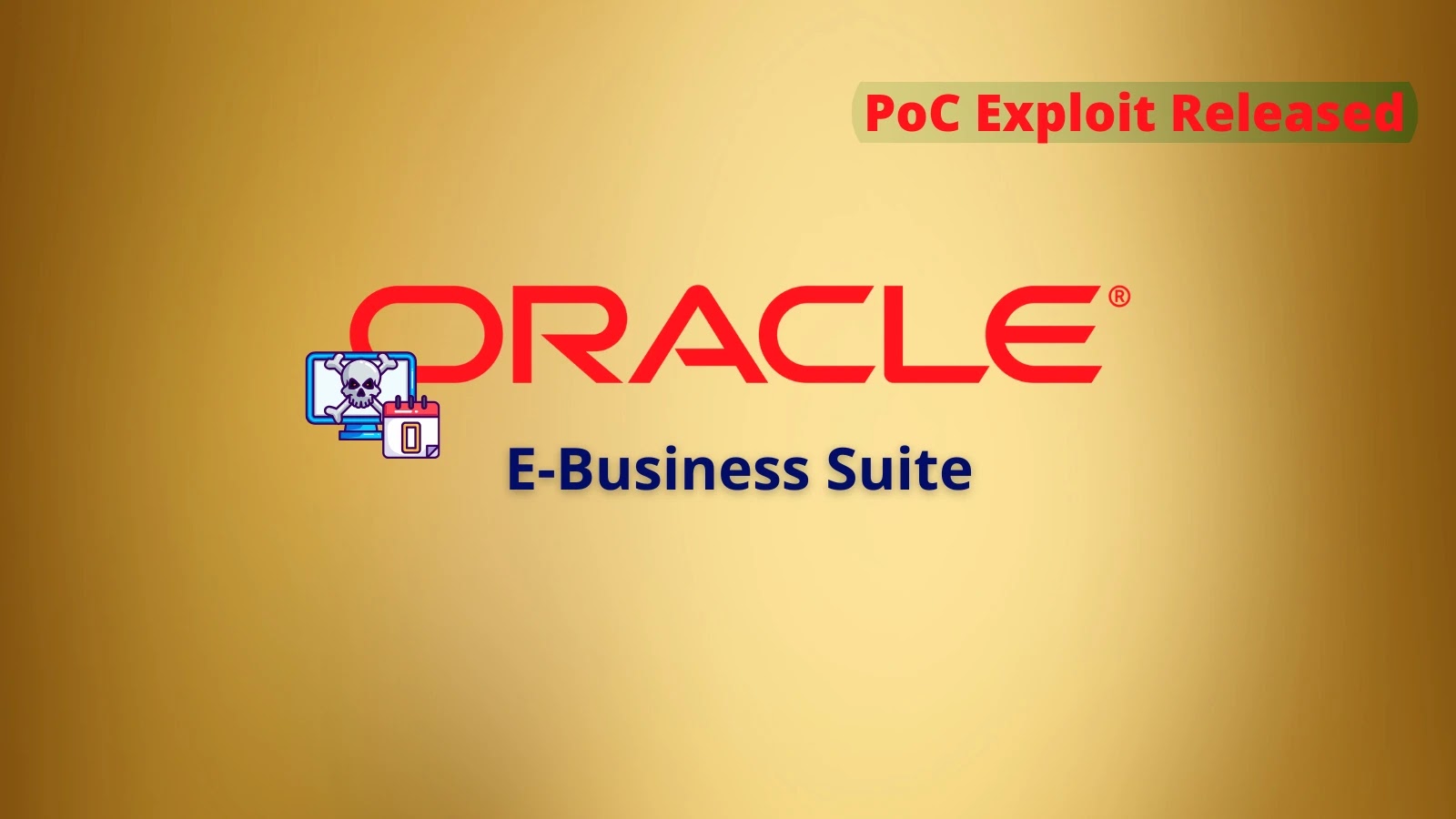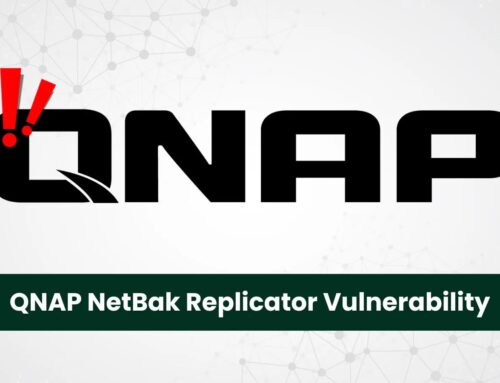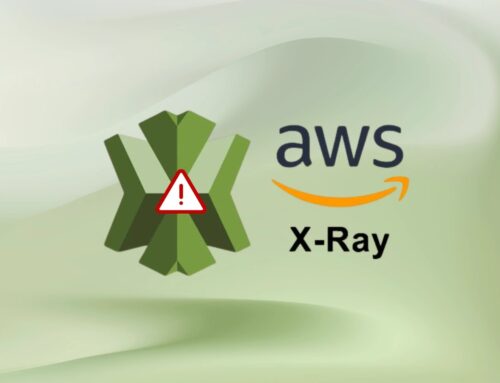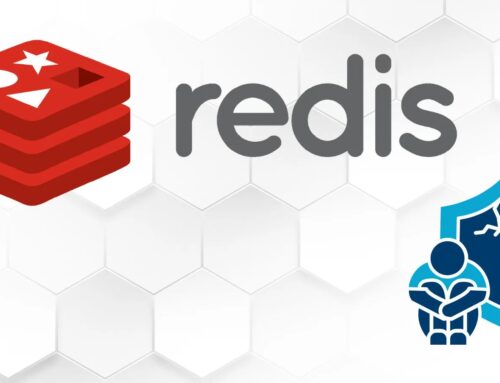
PoC Exploit Released for Remotely Exploitable Oracle E-Business Suite 0-Day Vulnerability
A severe security alert has been triggered across enterprise environments: a critical zero-day vulnerability in Oracle E-Business Suite (EBS) has not only been discovered but now has a publicly available Proof-of-Concept (PoC) exploit. This development dramatically escalates the immediate threat, pushing organizations reliant on EBS to act swiftly and decisively.
The Critical Threat: Oracle EBS 0-Day Vulnerability
The vulnerability, identified as CVE-2025-61882, represents a profound risk to the integrity and availability of critical business operations. It has been assigned the maximum possible CVSS 3.1 score of 9.8 out of 10, indicating an extreme level of severity. This high score is a direct consequence of its potential for remote code execution (RCE) without requiring any authentication.
The implications are stark: an unauthenticated attacker could remotely execute arbitrary code on affected Oracle EBS instances, potentially gaining full control over critical business systems, accessing sensitive data, disrupting operations, or deploying malware. This vulnerability affects multiple versions of Oracle E-Business Suite, underscoring the broad impact across various industries.
Understanding the Impact of a PoC Exploit Release
The public release of a PoC exploit code for a zero-day vulnerability transforms a theoretical threat into an imminent danger. Here’s why this is particularly concerning:
- Increased Attack Surface: With a readily available exploit, even less sophisticated attackers can now attempt to compromise vulnerable systems.
- Accelerated Attack Campaigns: Cybercriminals typically integrate new exploits into their toolkits rapidly, leading to a surge in scanning and attack attempts against unpatched systems.
- Ransomware Implications: Unauthenticated RCE is a prime vector for ransomware deployment, allowing attackers to encrypt critical business data and demand payment.
Remediation Actions: Securing Your Oracle EBS Environments
Given the severity and the public availability of exploit code, immediate action is paramount. Oracle E-Business Suite administrators and security teams must prioritize these steps:
- Immediate Patching: Monitor Oracle’s official security advisories for the release of patches specifically addressing CVE-2025-61882. Apply these patches as soon as they become available and after thorough testing in a non-production environment.
- Network Segmentation: Isolate Oracle EBS instances from public-facing networks where possible. Implement strong network segmentation to limit lateral movement in case of a breach.
- Access Control Review: Re-evaluate and strengthen access controls for all Oracle EBS components. Ensure the principle of least privilege is strictly enforced.
- Intrusion Detection/Prevention Systems (IDS/IPS): Configure and tune IDS/IPS solutions to detect and block known exploit patterns associated with Oracle EBS vulnerabilities.
- Web Application Firewalls (WAF): Deploy or enhance WAF rules to provide an additional layer of protection against web-based attacks targeting EBS applications.
- Regular Auditing and Monitoring: Implement continuous monitoring for unusual activity on Oracle EBS servers, including login attempts, process execution, and file modifications. Establish robust logging and alerting mechanisms.
- Backup and Recovery: Ensure that comprehensive and tested backup and recovery procedures are in place for all critical Oracle EBS data and configurations to minimize downtime and data loss in the event of a successful attack.
Recommended Tools for Detection and Mitigation
Leveraging appropriate security tools can significantly aid in identifying vulnerabilities and protecting your Oracle EBS infrastructure.
| Tool Name | Purpose | Link |
|---|---|---|
| Oracle Critical Patch Update Advisories | Official source for vulnerability patches and security updates. | https://www.oracle.com/security-alerts/ |
| Vulnerability Scanners (e.g., Nessus, Qualys) | Detect known vulnerabilities, including configuration weaknesses, across your network and applications. | https://www.tenable.com/products/nessus |
| Web Application Firewalls (WAFs) | Protect web applications from common web exploits and zero-day threats. | https://www.cloudflare.com/waf/ (example) |
| Network Intrusion Detection/Prevention Systems (IDS/IPS) | Monitor network traffic for suspicious activity and block malicious packets. | https://www.paloaltonetworks.com/network-security/next-generation-firewall (example) |
| Security Information and Event Management (SIEM) | Centralize log data for security monitoring, threat detection, and incident response. | https://www.splunk.com/en_us/products/security-information-and-event-management-siem.html (example) |
Conclusion
The emergence of CVE-2025-61882 with a public PoC exploit for Oracle E-Business Suite is a critical event demanding immediate attention from every organization utilizing this platform. The risk of unauthenticated remote code execution is severe, potentially leading to catastrophic breaches. Proactive patching, robust security controls, continuous monitoring, and a prepared incident response plan are not merely recommendations; they are essential for protecting vital business operations from this significant zero-day threat.





